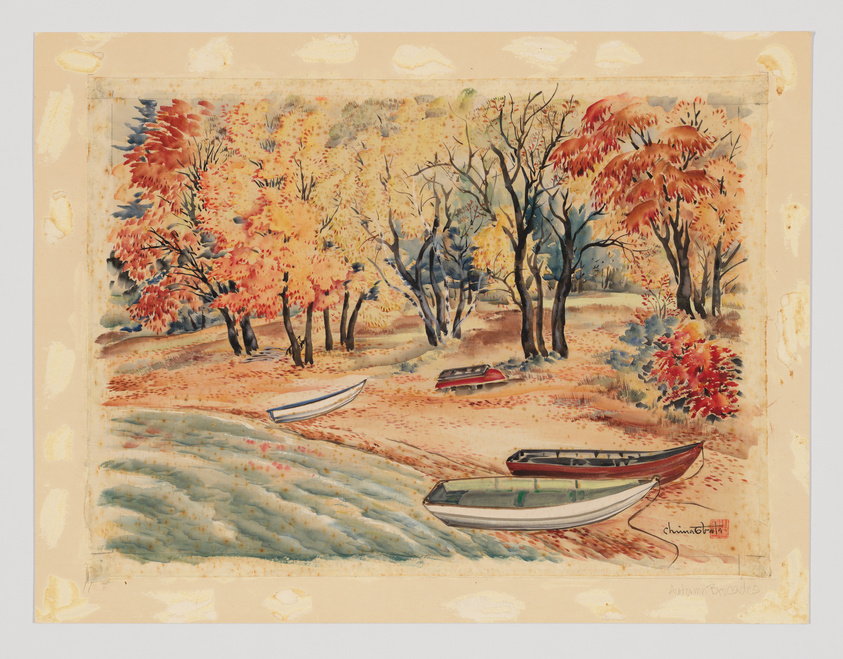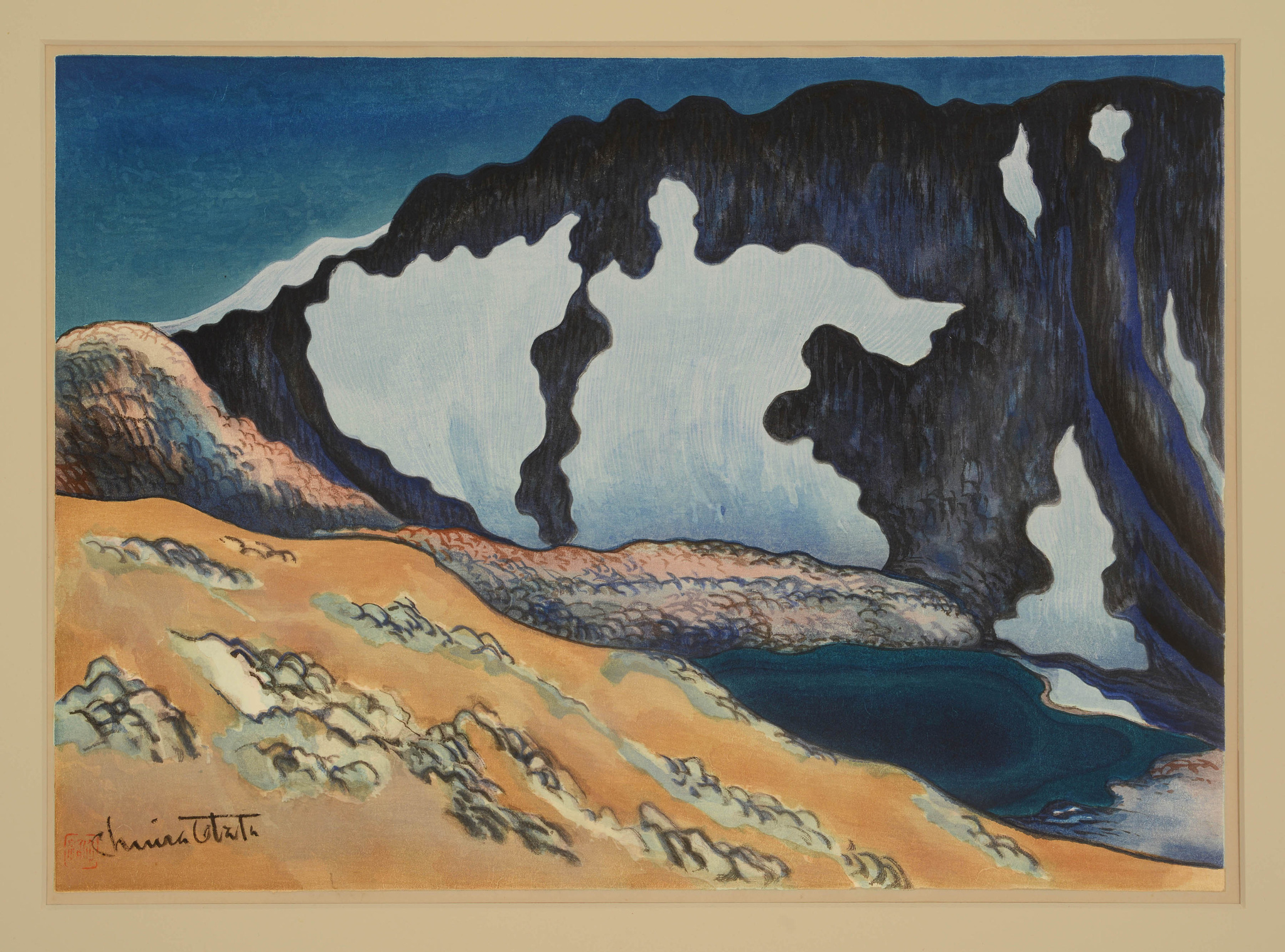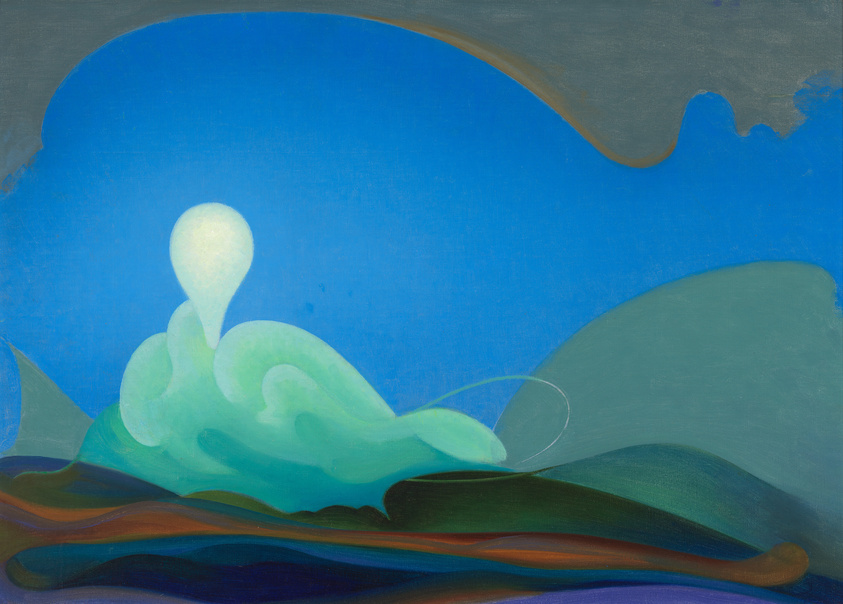Chiura Obata, Silence, Last Twilight on an Unknown Lake
Apr 18, 2022
0:00
Chiura Obata, Silence, Last Twilight on an Unknown Lake
0:00
Narrator: In the summer of 1927, the artist Chiura Obata spent six weeks camping in Yosemite National Park, sketching and making watercolors. A year later, he wrote about the trip in a Californian Japanese-language newspaper. His words show that he was as inspired by the details of the landscape as he was by Yosemite’s grandeur. He wrote:
“Adorning the heights of the Sierra range are the wildflowers. Every three to seven days they bloom in white, red, yellow, and purple, bursting out in a kaleidoscope of beauty and giving us untold lessons and valuable experiences. The seeds and roots of the wildflowers find a bed of ground in between the rocks. For eight or nine months of the year they patiently lie buried under several feet of snow. In the warm light of July and August they burst out toward the wide sky.”
Obata had emigrated to the United States in 1903. By his first visit to Yosemite in 1927, he had become a prominent figure in the San Francisco art world. He made this woodblock print as part of a larger portfolio while on a return trip to Japan in 1930. In part, he drew on traditional Japanese woodblock printing practices. At the same time, he re-created the improvisatory freedom of his original watercolor sketches—taking an atmospheric approach that was more associated with western modernism. He developed innovative techniques for carving the appearance of brushwork into the wooden printing blocks. The process was quite complex, with each of the work’s subtle color gradations made up by different blocks of wood for each color.
The article by Obata that we’ve quoted here was translated in the book Obata’s Yosemite, published by the Yosemite Conservancy.



